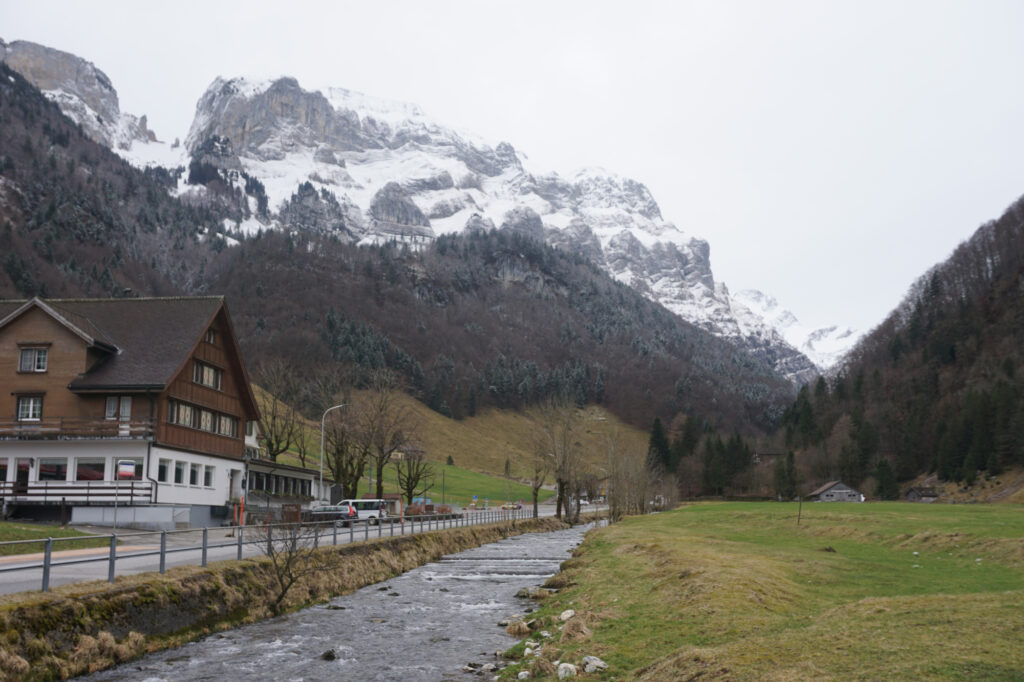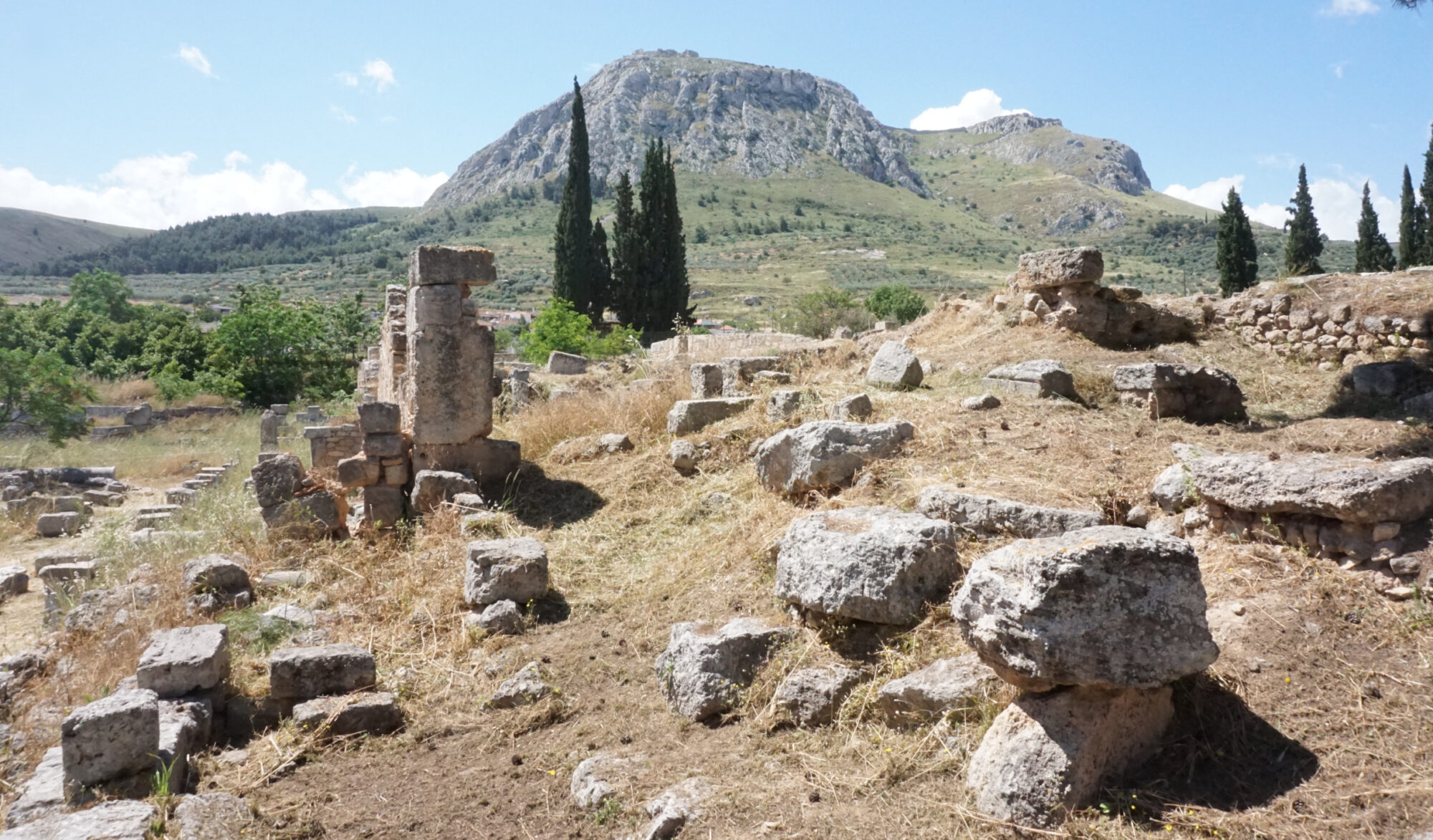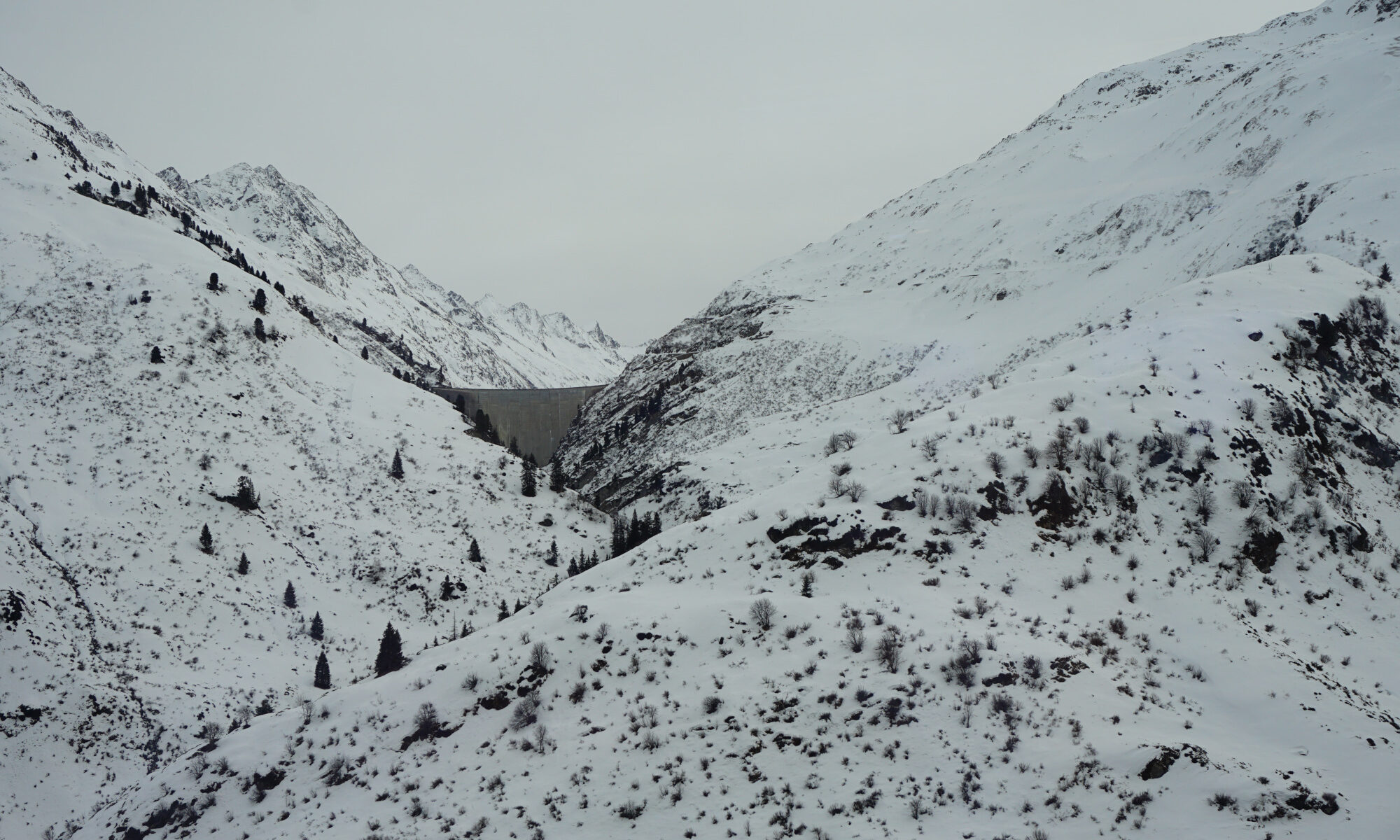
Psalm 23:4 (ESV)—Even though I walk through the valley of the shadow of death, I will fear no evil, for you are with me; your rod and your staff, they comfort me.
Many a valley has captured my attention. I’ve hiked the hills of Glenwood Springs, Colorado, gazing down on yellow aspens in the fall. In Switzerland, I’ve gawked at the Alps from a train car winding its way through the rugged mountains, the valley views spectacular from above and below. I’ve sat in the passenger seat while my husband drove us on the winding Pacific Coast Highway, traveling from valley through clouds and above the clouds, the white floor stretching out like a vast flatland meadow.
Valleys give us good reason to not fear “the valley of the shadow of death.” The valley is alive with God’s creation. The trees provide the oxygen we need to live; bathe us in shade on hot summer days; and of course give us a tangible, up-close picture of God’s creation. Clouds can warm the earth at night, protect us from the sun’s heat during the day, cast rain on the earth, and warn of inclement weather.
The valley also plays host to God’s people, and God uses the valley to protect and provide for his people. For example, in the story of Isaac and Abimelek, Isaac moved to the Valley of Gerar, after the Philistines filled the wells of his father, Abraham. Isaac’s people dug more wells, but others disputed ownership of the first two. The third, undisputed by others, “he named it Rehoboth, saying, ‘Now the Lord has given us room and we will flourish in the land’” (Genesis 26:22).
The valley, though sometimes shaded with our troubles, also offers hope. From the valley, we can move our gaze upward to our Father and pray for his provision and protection. Indeed, when we feel as if we’re in a valley, we can “abide in the shadow of the Almighty,” our “refuge and fortress” (Psalm 91:1–2).

